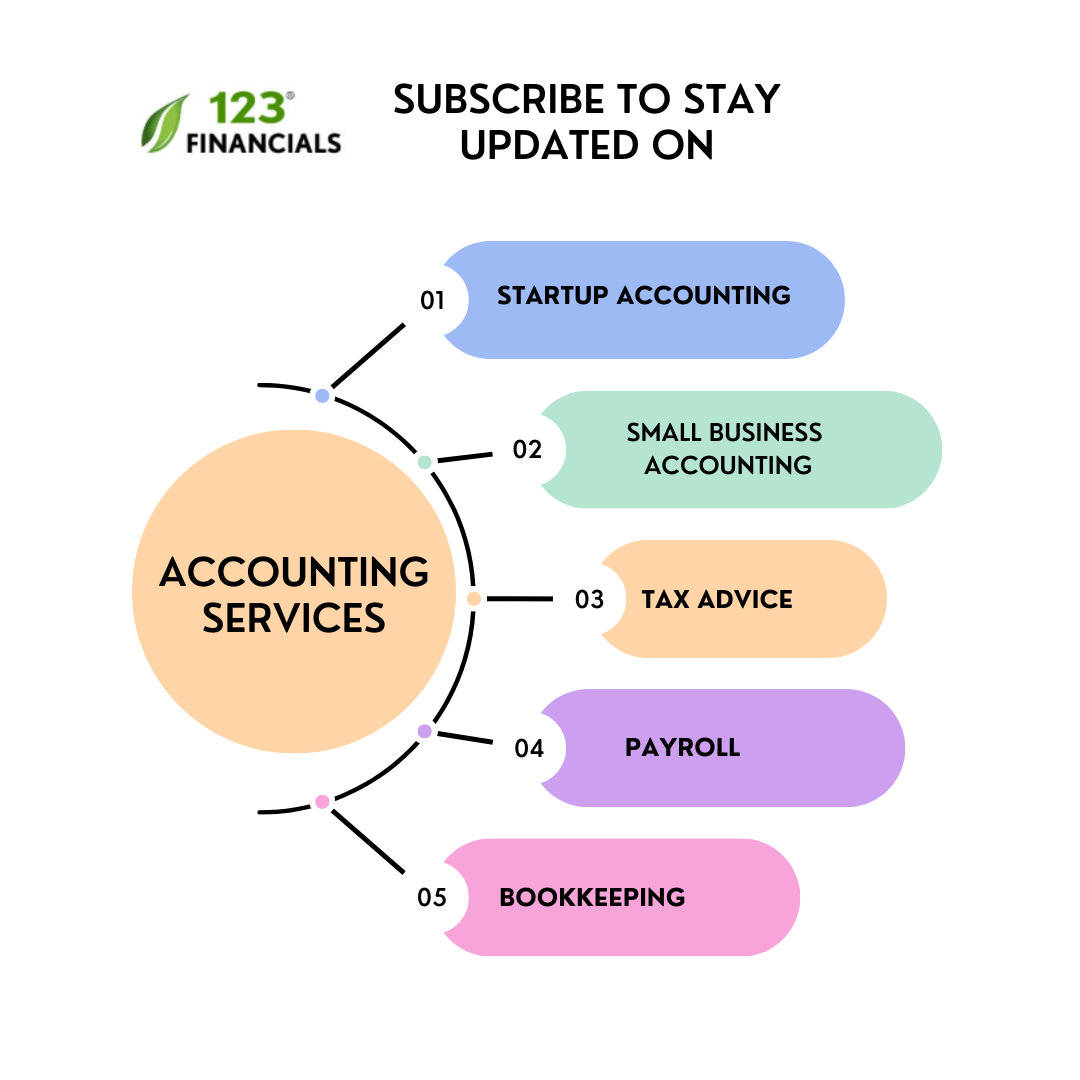What is VAT reverse charge mechanism and how does it work in the practice?
It essentially moves the VAT recording responsibility from the seller to the buyer.
Under VAT reverse charge (RC) method, VAT is declared on the VAT return as output VAT and it can be reclaimed as input VAT on the same VAT return.
Therefore, for most businesses, there will be no VAT cost as output and corresponding input VAT cancel out
There will still be a VAT cost if the business makes exempt supplies. Since an exempt business cannot claim any input VAT.
From the tax authorities’ viewpoint, they can see the transaction reported in the special boxes provided in the returns.
An example of reverse charge method
For example, you may have purchased marketing consultant’s services from Ireland to develop a specific marketing campaign for your business. If you’d hire a contractor from the UK to do this work, the cost will be standard rated for VAT purpose, i.e. at 20%.
If this service was worth €1,000, the amount of the reverse charge would be €200, or €1,000 x 20%. This will be reported as €200 as both input VAT and output VAT on the VAT return, and will cost you only €1,000.
Looking for Tax Advisor
Work with a London-based accountant for tax, accounting, payroll, & EIS/ SEIS needs.
Also Read: How to calculate VAT?
What is the need for this if net impact is zero?
- When goods are acquired or services are rendered by suppliers based in the other EU countries, the reverse charge mechanism moves the responsibility for VAT recording from the seller to the buyer.
- That way, it aims to eliminate or reduce the obligation for suppliers and sellers to register for VAT in the country where supply is made. If the supplier incurs local VAT on costs supplied under the reverse charge mechanism, it can be recovered through an EU VAT reclaim process.
- The RC mechanism was created when the EU VAT system was reformed for the launch of the single market in 1993. Main aim was to simplify the VAT reporting across the single market member states.
It is not only applicable on cross border transactions!
- Under new rules effective from 1 October 2019 (Domestic reverse charge), builders, contractors and other trades associated with the building and construction industry will have to apply thus new way of accounting for the VAT.
- It is designed to limit the missing trader VAT fraud in construction sector labour supply chains which presents a significant risk to the Exchequer.
- Despite the rather misleading reference to “construction” the RC will, in fact, apply much more widely to services in the building trade, including, construction, alteration, repairs, demolition, installation of heat, light, water and power systems, drainage, painting and decorating, erection of scaffolding, civil engineering works and associated site clearance, excavation, the foundation work. The definitions in the draft legislation have been lifted directly from the CIS legislation.
Is EU the only marketplace to use reverse charge?
No. Bangladesh, Angola, India, Australia, Turkey Columbia and so on.



















Leave a Reply